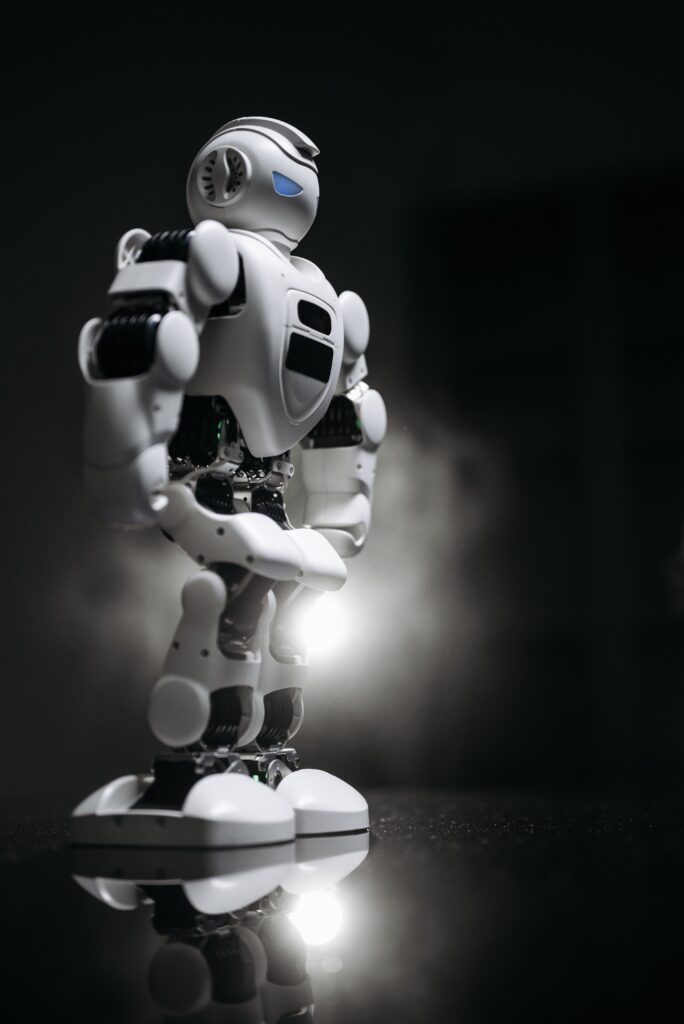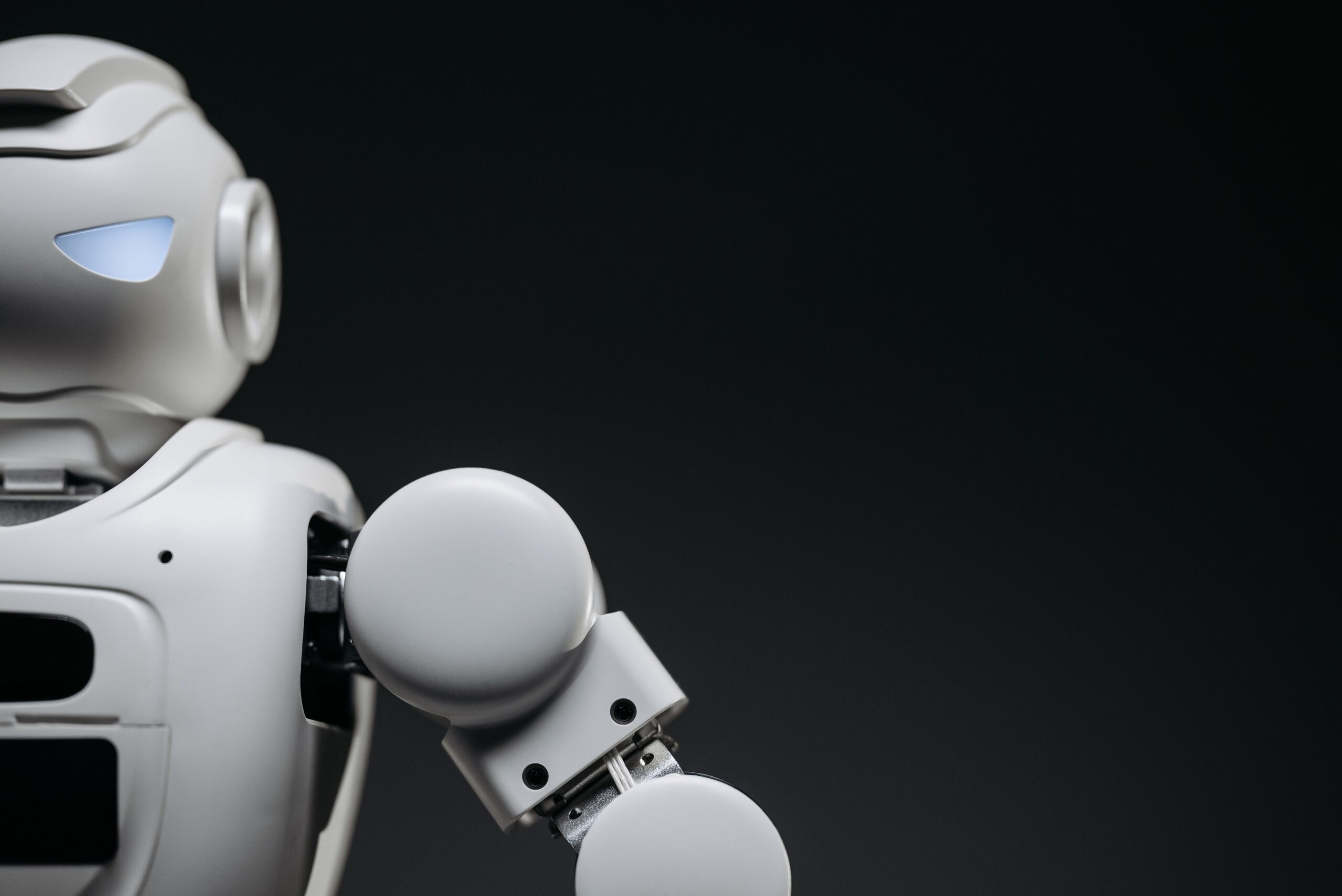Sam Altman Sounds the Alarm: AI is Growing Too Powerful

You can listen to the podcast version of this article below:
Introduction
Sam Altman, CEO of OpenAI, recently warned the world that it may not be far from the prospect of artificial intelligence (AI) becoming a potential threat to humanity. His comments have sent shockwaves throughout the public, as it brings to mind the many movies that have depicted the dangers of rogue AI; the biggest example being James Cameron’s Terminator 2.
With the rapid advances in technology, it is understandable why people are becoming increasingly concerned about AI’s possible impact on the world. In this blog post, we will explore Sam Altman’s warning and its implications.
What are the dangers of AI According To Sam Altman?

When Sam Altman, the former chairman of Y Combinator and co-founder of OpenAI, posted several tweets About Generative AI over the weekend, it was a warning that the world is “potentially scary” close to artificial intelligence (AI).
He highlighted the potential advantages of swiftly integrating AI capabilities into society, saying that such a transformation is “mainly beneficial” and can be speedy, similar to how the world changed from the pre-smartphone to the post-smartphone period.
He advised against developing extremely rapid AI systems, which would be tempting to do because societies require time to adapt, saying that this shift is “not easy.” There were also cautions about the necessity of industry regulation and of giving institutions ample time to decide what to do.
Although the present generation of AI tools are not very frightening, he noted that “regulation will be significant, and it will take time to figure it out” that we “possibly are not too far away from potentially frightening.”
The tweets highlighted certain issues with generative AI, such as how users of Microsoft’s GPT-powered Bing chat are sometimes misunderstood as being extremely hostile or violent. In response, Microsoft set a cap on users’ conversation turns of 50 per day and 5 each session. Altman wants to make sure that biased results from chatbots are avoided.
Concerns about AI in conflict are also present. The appropriate use of artificial intelligence will now be high on the political agenda, according to more than 60 nations. This is owing to recent occurrences in which a novice Go player defeated a highly skilled AI employing a strategy that people could easily spot.
These illustrations highlight the risks associated with artificial intelligence and demonstrate the need for steps to be taken in order to keep AI from becoming a threat.
What can be done to prevent AI from becoming a danger?

It is obvious that action must be made to prevent AI from becoming a threat. What can be done, though?
- To ensure that choices made by AI are fair and accurate, regulation must first be put in place. Limiting the number of chat turns each day and session is a response by businesses like Microsoft to this issue, which can help prevent biased results from showing up in their chatbots. Similar to this, it is necessary to establish industry-wide guidelines to guarantee that AI is applied responsibly and morally.
- Second, AI shouldn’t be permitted to behave independently of human supervision.
Sam Altman issued a warning about letting AI act “very quickly” without considering the effects of their choices. So, people should be involved in the decision-making process and have the last say when deciding the best course of action.
- Ultimately, there has to be greater study and funding for the safety and security of artificial intelligence. This will assist in ensuring the safe and secure usage of AI and assist in averting any potential hazards.
All these procedures must be taken to prevent AI from becoming a threat. A responsible and ethical use of AI requires the cooperation of businesses, governments, and researchers. By doing this, the world will be able to profit from artificial intelligence without having to worry about its possible downsides.
This article was originally published on medium on February 21, 2023.

